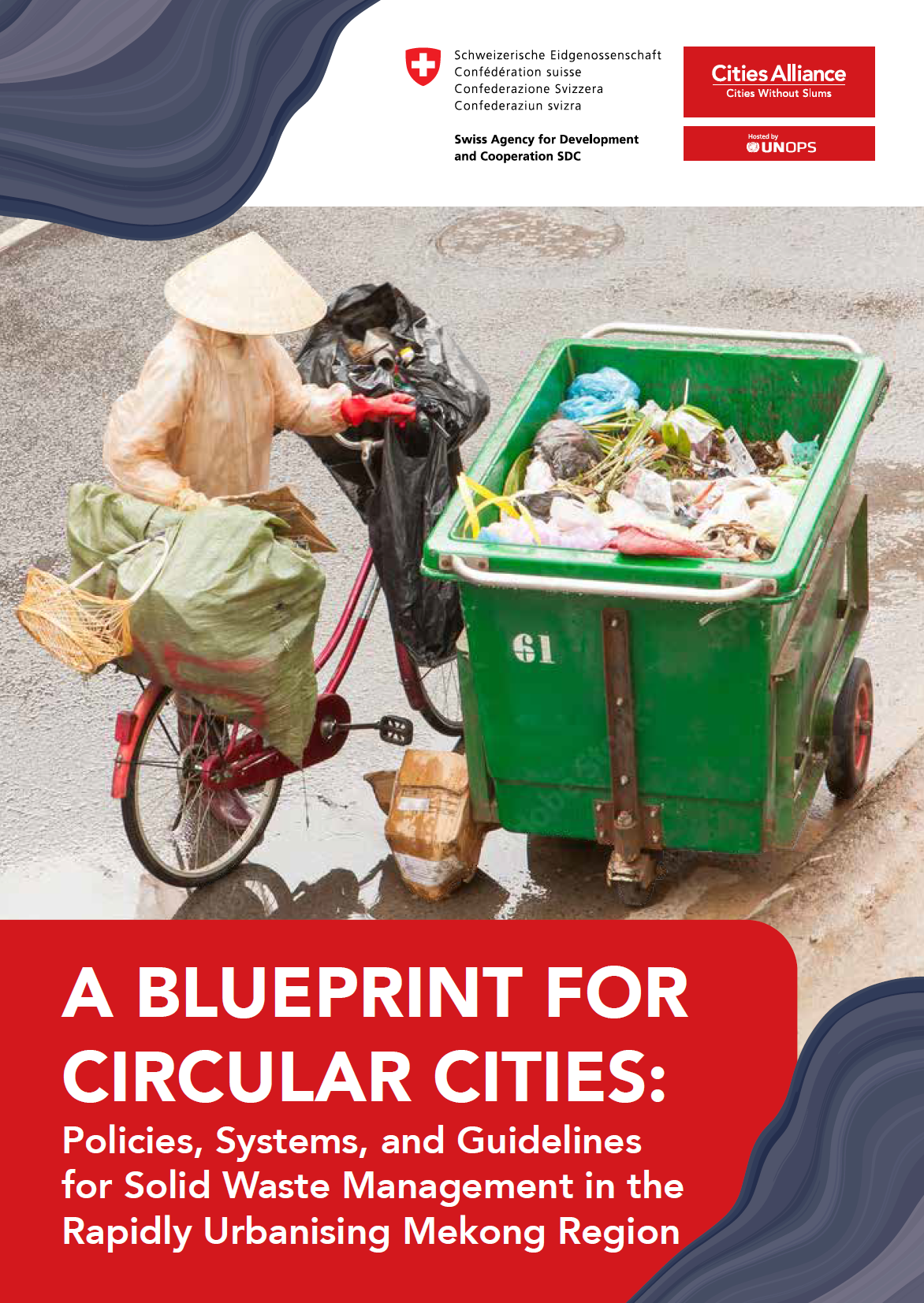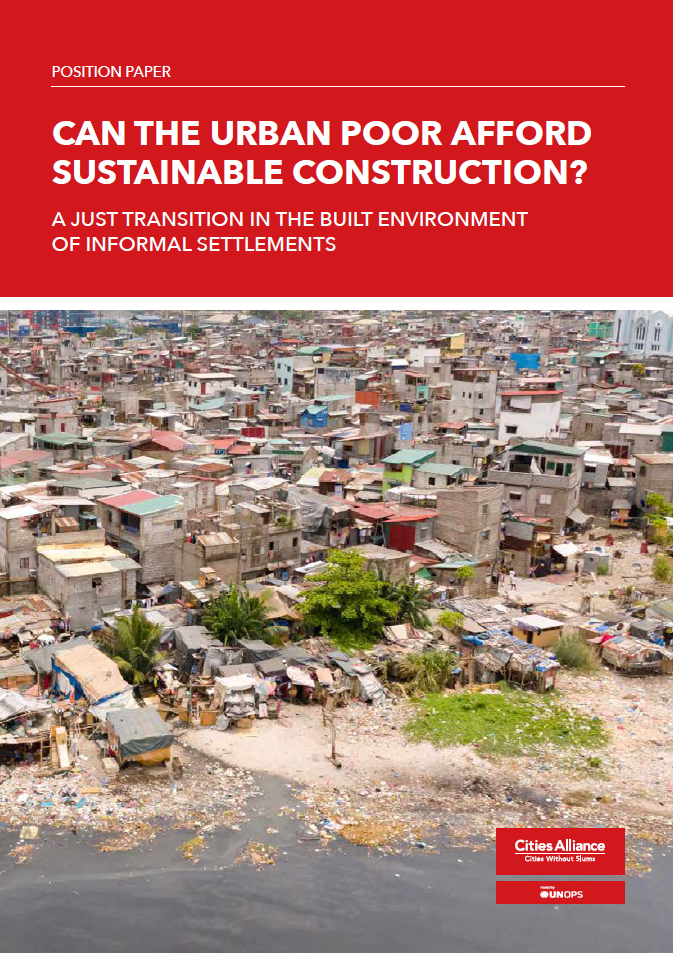- Who We Are
- How We Work
- Regional / Country Initiatives
- Legacy
- Core Themes
- Working Groups
- Portfolio & Results
- Newsroom
- Resources
Integrated Urban Upgrading for the Poor: The Experience of Ribeira Azul, Brazil
This study looks at the experience of integrated urban upgrading in a low-income neighborhood of Salvador, Bahia, Brazil. Infrastructure and social investments have been made in the community through a government program, with community participation playing a major role in the design and implementation.
This approach is now perceived to be highly successful in terms of its implementation and positive impact on living conditions, and will provide the basis for a major state-wide program. This paper analyzes the lessons learned from the experience, with implications for scaling up as well as applications for other urban upgrading programs. Among the key issues looked at are: (1) what has worked well with the integrated urban upgrading approach and what has not; (2) how cost-effective the interventions were; (3) institutional arrangements given the multi-sectoral approach; and (4) sustainability issues of financing, tenure security, the prevention of further slum expansion, operations and maintenance, environmental sustainability, and job creation, and how they will impact on the poor over time.
Key findings point to the importance of community participation, clear roles and responsibilities in institutional arrangements, the need for strong local government participation, and the high costs and challenges of providing housing for the poor.
Download Integrated Urban Upgrading for the Poor (256 kb pdf)


